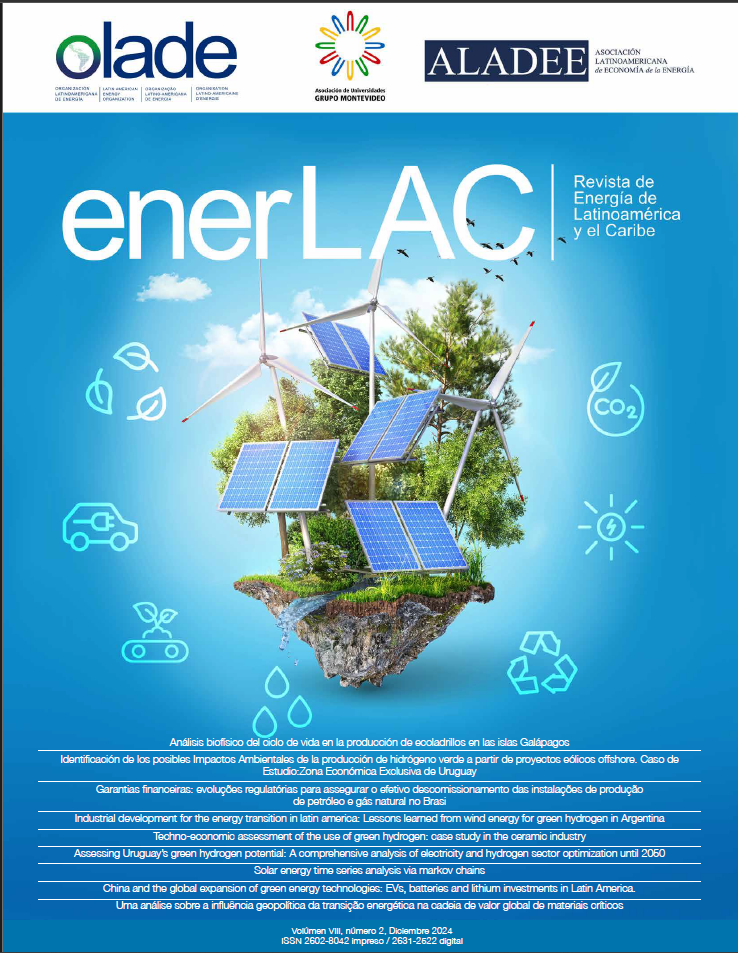TECHNO-ECONOMIC ASSESSMENT OF THE USE OF GREEN HYDROGEN: CASE STUDY IN THE CERAMIC INDUSTRY
##plugins.themes.bootstrap3.article.main##
Resumo
The ceramic industry in Brazil consumes significant volumes of natural gas, usually for attending to processes that require high temperatures. Thus, the use of low-carbon H2 becomes a potential alternative to be introduced into the sector's energy matrix, under a self-generation and self-consumption modality, in order to partially replace the consumption of natural gas in a specific process. Technical-economic modeling is carried out, using the H2V-IEPUC tool, on a case study conducted in partnership with the company Delta Porcelanato. The scale of production and use of H2 were estimated based on international projects and taking as a reference industrial processes currently implemented at a factory. The feasibility of the green hydrogen project is demonstrated by carrying out a sensitivity analysis with technical and economic variables, in addition to presenting a deterministic feasibility scenario. The understanding of the case study contributes to industry subsectors by shedding light on the advantages and barriers related to the incorporation of low-carbon H2 in operations, contributing to the construction of projects that are environmentally and economically sustainable.
##plugins.themes.bootstrap3.article.details##

Este trabalho está licenciado sob uma licença Creative Commons Attribution-NonCommercial-NoDerivatives 4.0 International License.




